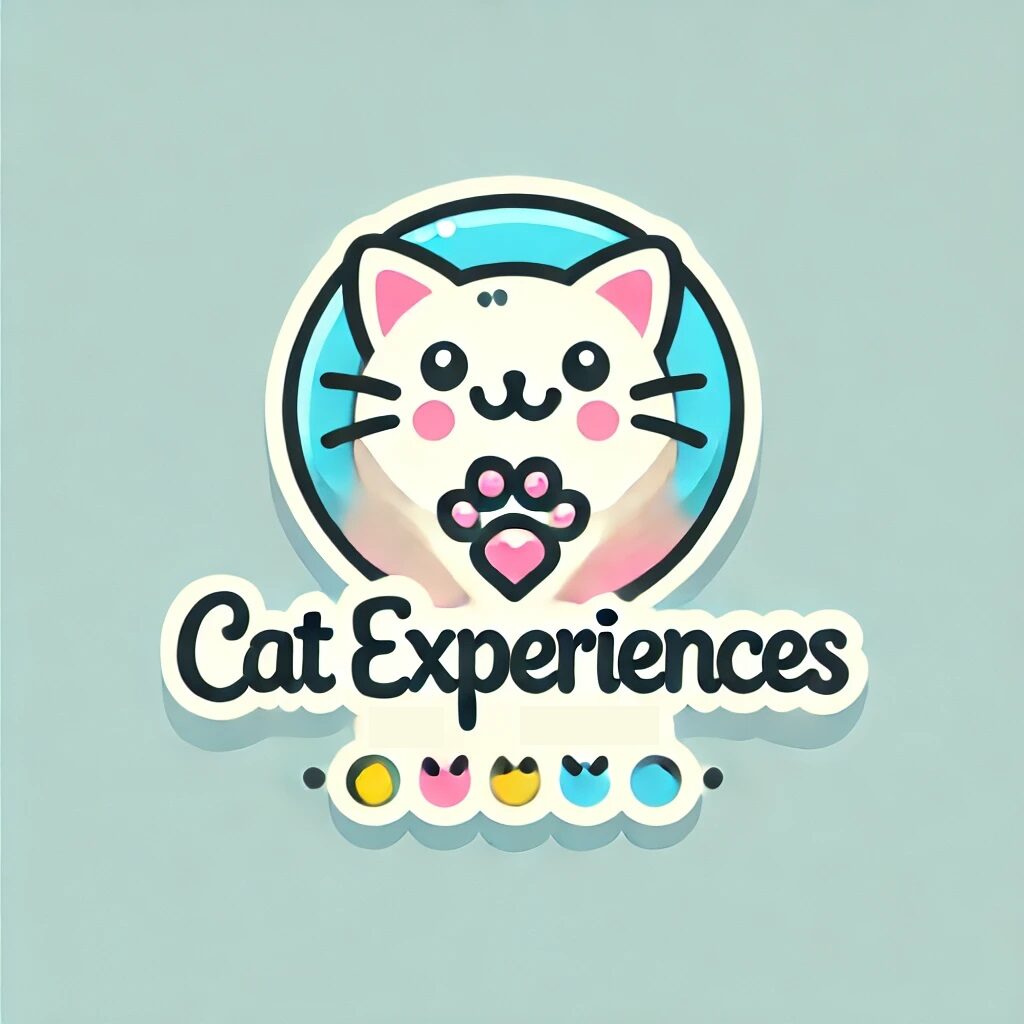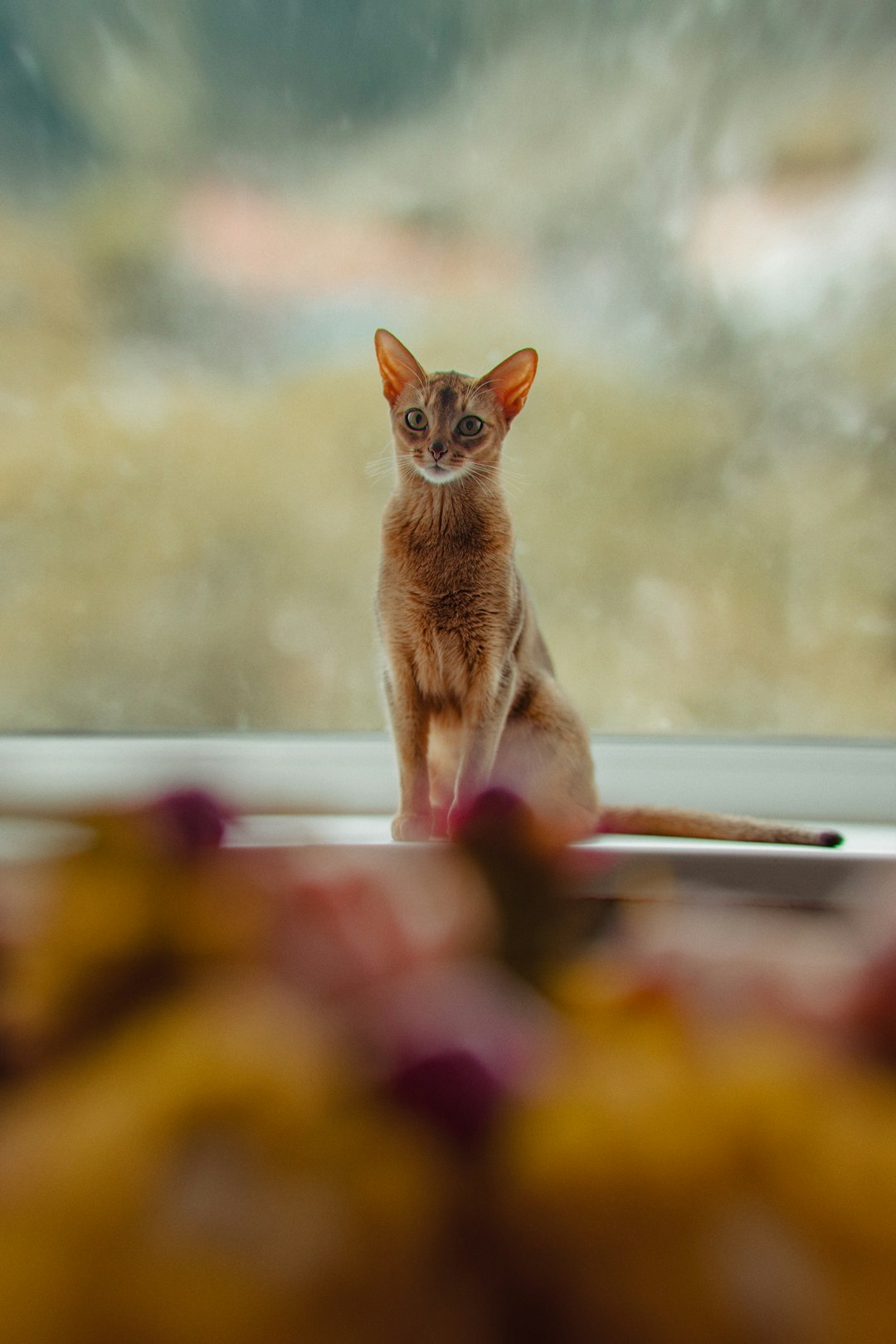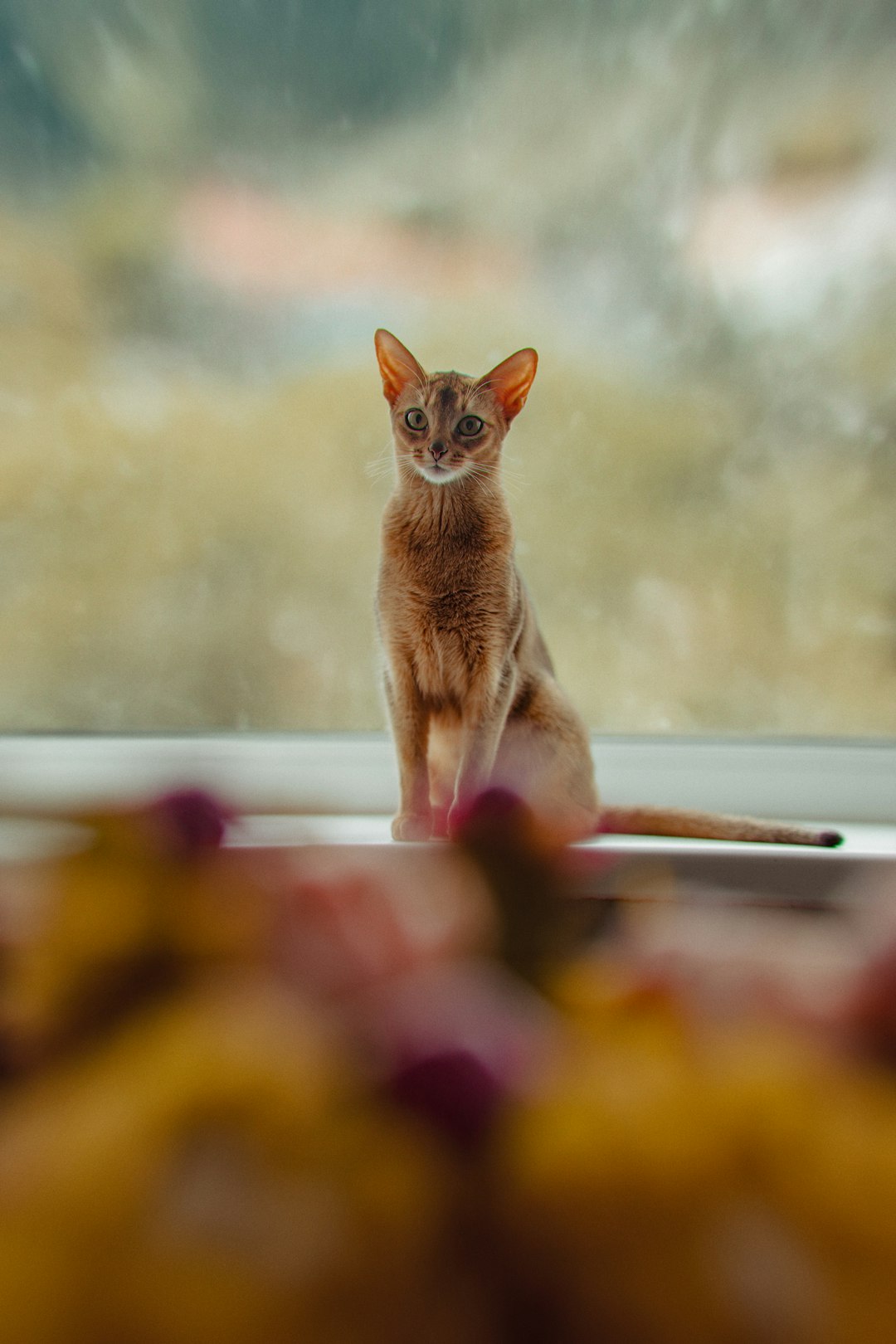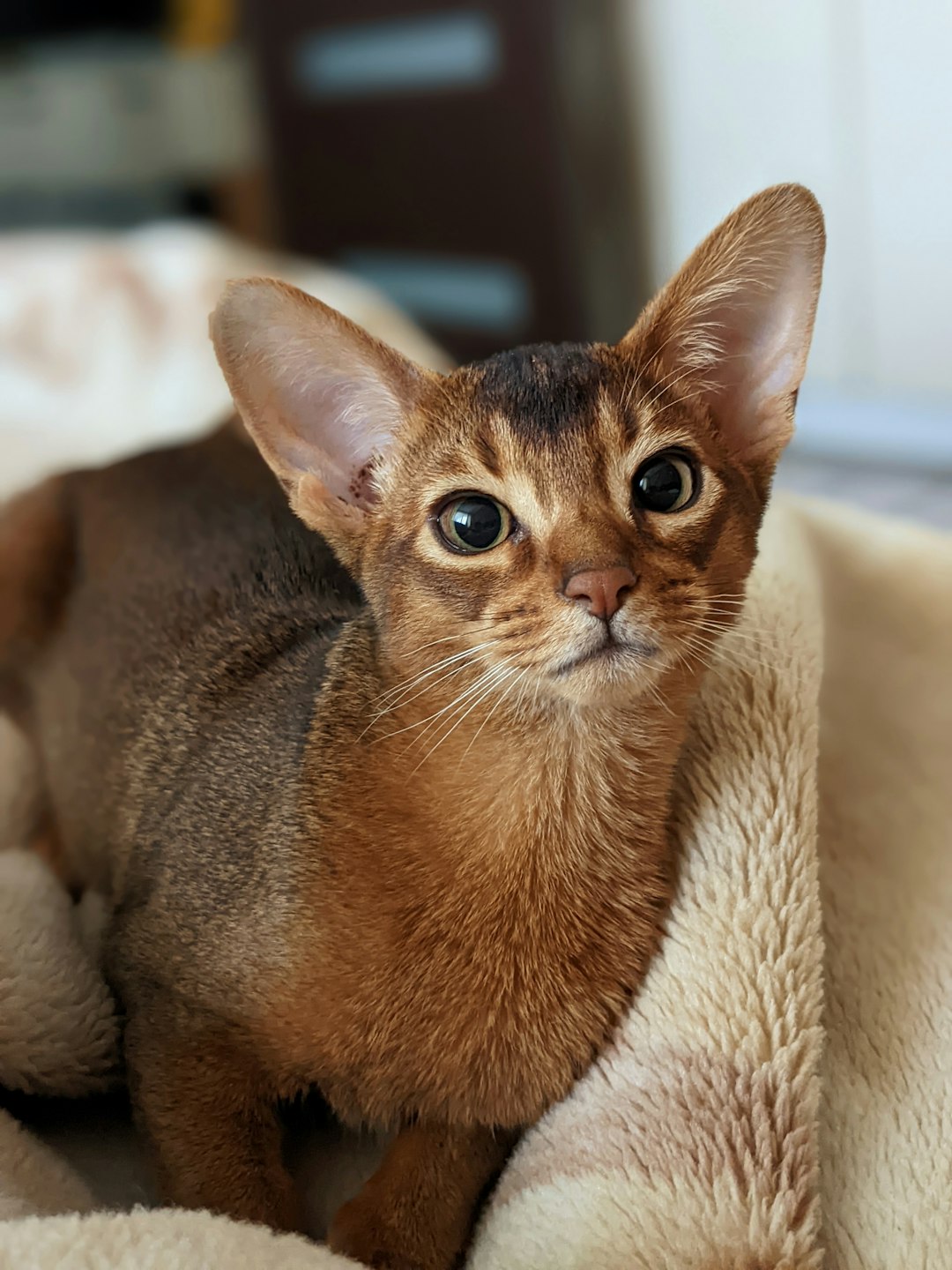The long haired tabby cat captivates with its striking beauty and playful personality. As a beloved breed, these felines require specific care to thrive. Understanding their unique characteristics, grooming needs, and dietary requirements is essential for any owner. Additionally, being aware of potential health concerns and ensuring a comfortable living environment greatly contributes to their well-being. Engaging your long haired tabby cat in interactive activities and maintaining regular veterinary check-ups will help keep them happy and healthy. Read on to discover valuable tips for providing the best care for your furry companion.
Understanding the Long Haired Tabby Cat Breed
The long haired tabby cat is a captivating breed known for its luxurious fur and striking patterns. Understanding this breed’s unique characteristics will help you appreciate its charm even more. Here are some key points to consider:
- Appearance: These cats exhibit a beautiful coat that can feature various tabby patterns such as classic, mackerel, and spotted. Their long fur adds to their exquisite appeal.
- Temperament: Long haired tabby cats are generally friendly, affectionate, and social. They thrive on interaction with their human companions, making them excellent family pets.
- Size: Typically, these cats have a sturdy build. Depending on the specific lineage, their weight can range from 8 to 15 pounds.
In summary, long haired tabby cats not only boast stunning physical traits but also possess delightful personalities, making them a sought-after choice for cat lovers. Understanding their needs and characteristics ensures a rewarding experience for both the pet and the owner.
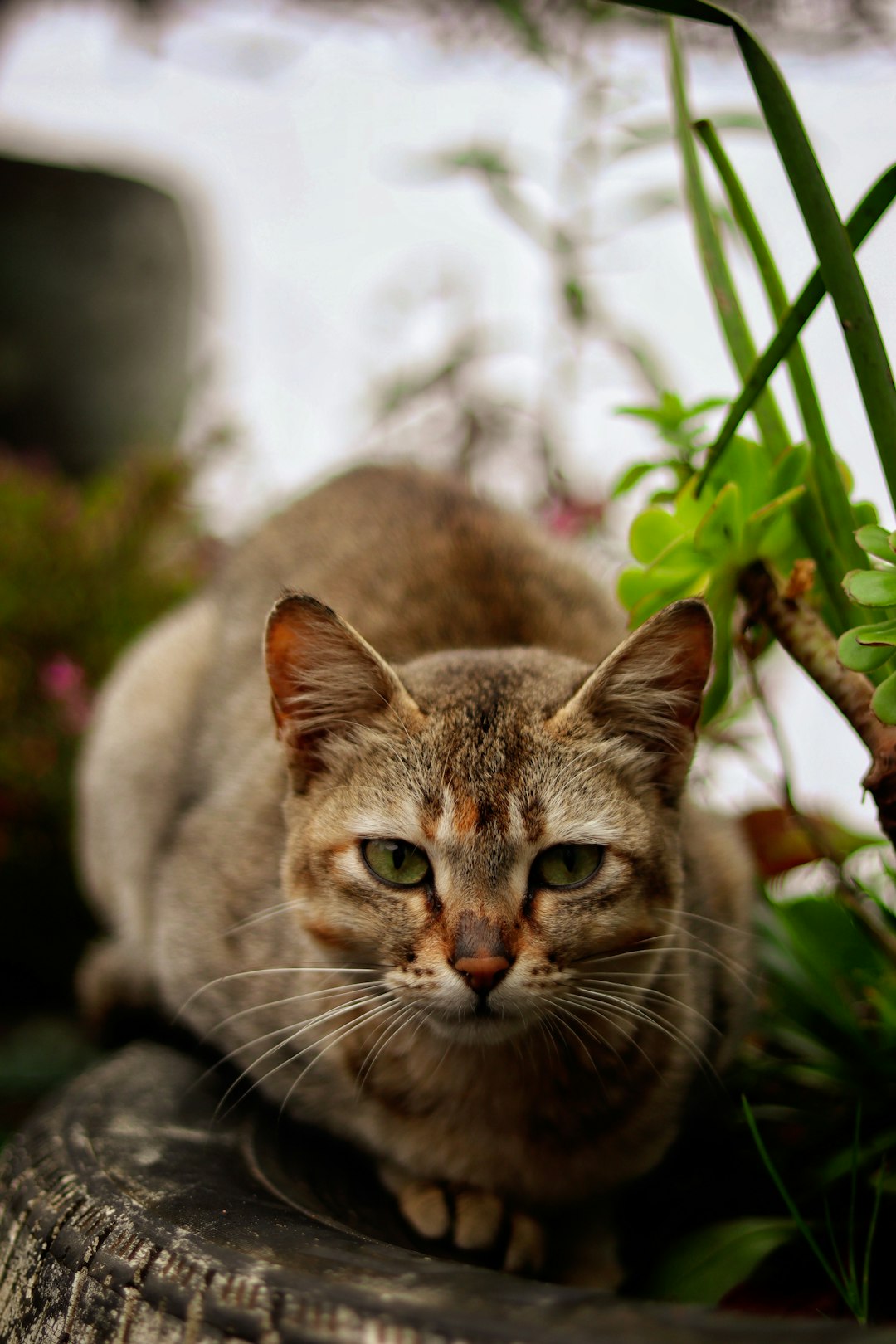
Characteristics of Long Haired Tabby Cats
Long haired tabby cats possess a unique blend of beauty and charm. Here are some notable characteristics that define this stunning breed:
Fur: The hallmark of the long haired tabby cat is its luxurious, flowing coat. This fur can come in various colors and patterns, including classic tabby stripes, spots, and swirls.
Body Structure: Generally, long haired tabby cats have a medium to large build. They exhibit a muscular frame with a rounded face and expressive eyes, which add to their alluring demeanor.
Temperament: Often, long haired tabby cats are known for their friendly and affectionate nature. They enjoy companionship and regularly express their love through playful antics.
Intelligence: These cats are not just beautiful; they are also quite intelligent. They can learn tricks and engage in problem-solving activities, making playtime enjoyable.
| Feature | Description |
|---|---|
| Coat | Long, soft, and various patterns |
| Body | Medium to large, muscular |
| Personality | Friendly, affectionate, and playful |
| Intelligence | Quick learners and problem solvers |
By understanding these characteristics, you can better appreciate and care for your long haired tabby cat!
Grooming Essentials for Long Haired Tabby Cats
Keeping your long haired tabby cat looking their best requires regular grooming and care. Here are some essential grooming tips:
Brushing: Aim to brush your long haired tabby cat at least 2-3 times a week. This helps to remove loose fur and prevents matting. In periods of shedding, daily grooming may be necessary.
Bathing: While cats are generally clean animals, an occasional bath can help maintain coat health. Use cat-friendly shampoo, and ensure thorough rinsing.
Nail Trimming: Regularly check your cat’s nails and trim them every 3-4 weeks to prevent overgrowth and injuries.
Ear Cleaning: Inspect your long haired tabby cat’s ears weekly for dirt or wax buildup. Use a damp cotton ball to clean gently if needed.
Dental Care: Introduce dental brushing at a young age. Dental treats can also help maintain oral health.
By following these grooming essentials, you ensure your long haired tabby cat remains healthy, happy, and stunningly beautiful!
Dietary Needs and Nutritional Tips
Providing a well-balanced diet is crucial for maintaining the health and vitality of your long haired tabby cat. Here are some key dietary tips to ensure your feline friend thrives:
- High-Quality Protein: Opt for cat food that lists real meat as the first ingredient. Long haired tabby cats need protein for muscle development and energy.
- Healthy Fats: Look for essential fatty acids like Omega-3 and Omega-6 to promote a shiny coat and healthy skin. These fats play a vital role in addressing the specific grooming needs of long haired tabby cats.
- Moderate Carbohydrates: While cats are obligate carnivores, some carbohydrates are beneficial. Select high-quality grains and vegetables but limit fillers like corn and wheat.
Recommended Nutrient Breakdown:
| Nutrient | Percentage (%) |
|---|---|
| Protein | 30-40% |
| Fat | 15-25% |
| Carbohydrates | 5-10% |
Hydration is Key
Ensure your long haired tabby cat drinks plenty of fresh water daily to support digestion and overall health.
By following these dietary tips, you will promote a healthier, happier life for your long haired tabby cat.
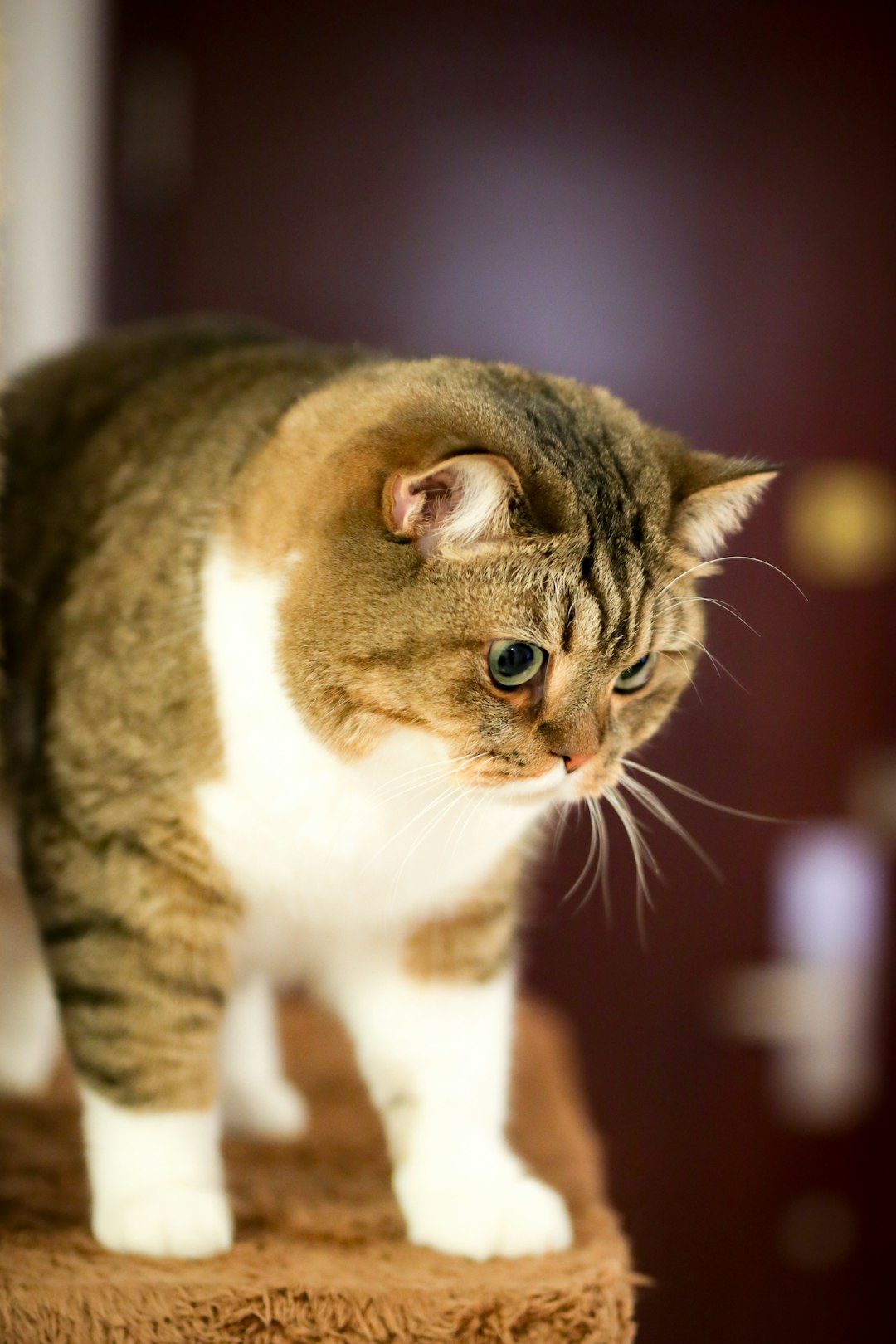
Health Concerns Specific to Long Haired Tabby Cats
Long haired tabby cats are not only beautiful but also come with their own set of health considerations. While they generally enjoy a good quality of life, it’s vital to be aware of specific health issues that may arise:
Genetic Predispositions: Long haired tabby cats can be more susceptible to certain genetic conditions, including hip dysplasia and hypertrophic cardiomyopathy (HCM).
Dental Issues: Due to their elongated facial structure, they may face dental problems, making regular oral hygiene essential.
Obesity: Like many indoor cats, long haired tabby cats risk weight gain. A balanced diet and regular exercise can help prevent obesity-related conditions.
Hairballs: Their luxurious coats may lead to hairballs. Regular grooming reduces shedding and minimizes the risk of gastrointestinal issues.
To keep your long haired tabby cat healthy, schedule regular veterinary check-ups and monitor for any unusual behaviors. Prompt attention to health concerns ensures your feline companion leads a happy, colorful life.
Creating a Comfortable Living Environment
A comfortable living environment is crucial for the well-being of your long haired tabby cat. Here are some key aspects to consider:
Cozy Resting Spaces: Provide multiple soft beds in quiet areas, as long haired tabby cats enjoy having options for their naps. Consider placing beds near windows for sunbathing opportunities.
Scratching Posts: Incorporate a variety of scratching posts to satisfy their natural instincts. Aim for robust materials like sisal or carpet.
Safe Climbing Areas: Install cat trees or shelves to give your long haired tabby cat the chance to climb and explore. Cats love vertical spaces, which help them feel secure and entertained.
Play Zones: Designate an area with stimulating toys. Interactive toys like feathers and balls keep your cat engaged, reducing boredom.
Temperature Control: Maintain a comfortable temperature; long haired tabby cats may be sensitive to extreme heat or cold. Provide a cozy spot with blankets during chilly months.
By ensuring these elements, you can create an inviting home for your long haired tabby cat, promoting happiness and health.
Engaging Activities and Playtime Ideas
Keeping a long haired tabby cat entertained is crucial for their physical and mental well-being. Here are some engaging activities and playtime ideas that your feline friend will love:
- Interactive Toys: Invest in feather wands, laser pointers, or puzzle toys to stimulate their hunting instincts and keep them active.
- Cat Trees and Scratching Posts: Provide vertical spaces for climbing and scratching. This not only helps in exercising but also encourages natural behaviors.
- Hide and Seek: Hide treats around your home for your long haired tabby cat to discover. This keeps them mentally challenged and engaged.
- Playdates: If your cat is sociable, arrange playdates with other cats. This helps improve their social skills and reduces boredom.
Comparison of Activity Types:
| Activity Type | Benefits |
|---|---|
| Interactive Toys | Stimulates hunting instinct |
| Cat Trees | Provides exercise and scratching options |
| Treasure Hunts | Encourages natural foraging behavior |
| Playdates | Enhances socialization |
By incorporating these engaging activities, you ensure your long haired tabby cat leads a happy, fulfilling life!
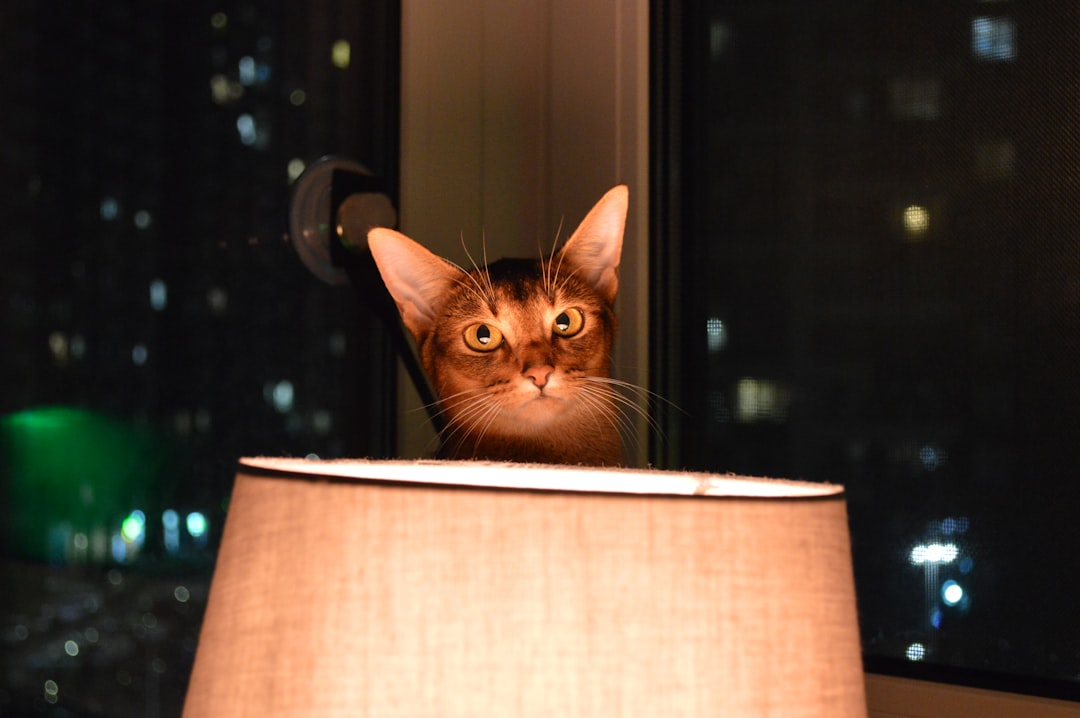
Regular Veterinary Care and Check-ups
Regular veterinary care is essential in maintaining the health of your long haired tabby cat. Scheduling routine check-ups helps detect any potential health issues early, ensuring your furry friend remains happy and healthy. Here’s what to keep in mind:
Annual Exams: Schedule yearly health check-ups. During these visits, your veterinarian will:
- Conduct a thorough physical examination.
- Update vaccinations as needed.
- Discuss any changes in behavior or appetite.
Dental Care: Long haired tabby cats can be prone to dental issues. Regular dental check-ups can:
- Prevent periodontal disease.
- Enhance their overall health.
Parasite Prevention: Consult your vet about preventive measures for fleas, ticks, and worms. This is particularly important as:
- Long haired tabby cats are more susceptible to infestations due to their thick fur.
Spaying/Neutering: If not already done, spaying or neutering your long haired tabby cat can prevent certain health issues and unwanted behaviors.
By prioritizing regular veterinary visits, you’ll ensure that your long haired tabby cat lives a long, vibrant life filled with joy and comfort.
Frequently Asked Questions
What are the specific grooming needs of a Long Haired Tabby Cat?
Long Haired Tabby Cats require regular grooming to keep their beautiful coats healthy and free of tangles. Ideally, you should brush their fur at least two to three times a week, but daily grooming is recommended if the cat has particularly thick or long hair. Using a wide-tooth comb can help untangle knots, while a slicker brush can remove loose fur and debris. Regular grooming not only prevents matting but also reduces shedding and helps you keep an eye out for any skin issues.
How much exercise does a Long Haired Tabby Cat need?
Long Haired Tabby Cats are generally playful and energetic, requiring regular exercise to maintain their physical and mental health. Aim for at least 20-30 minutes of interactive playtime each day. This can include toys that mimic hunting behaviors, such as feather wands or laser pointers. Providing climbing structures and scratching posts can also help satisfy their natural instincts. Creating an environment that encourages activity is important for preventing obesity and ensuring their overall well-being.
What dietary considerations should be made for a Long Haired Tabby Cat?
A balanced diet is crucial for Long Haired Tabby Cats to support their unique fur quality and general health. It is recommended to provide high-quality cat food that is rich in protein and specifically formulated for cats with long coats. Look for foods that contain Omega fatty acids, which promote healthy skin and a glossy coat. Always ensure fresh water is available and consult with your veterinarian to address any specific dietary needs or preferences based on your cat’s age, weight, and activity level.
Are Long Haired Tabby Cats good for families?
Yes, Long Haired Tabby Cats can be great companions for families! They generally have friendly and playful personalities, making them well-suited for households with children and other pets. It’s important to supervise interactions between cats and young children to ensure gentle behavior. These cats are often affectionate and enjoy spending time with their family members, making them an ideal choice for those seeking a loving and interactive pet.
